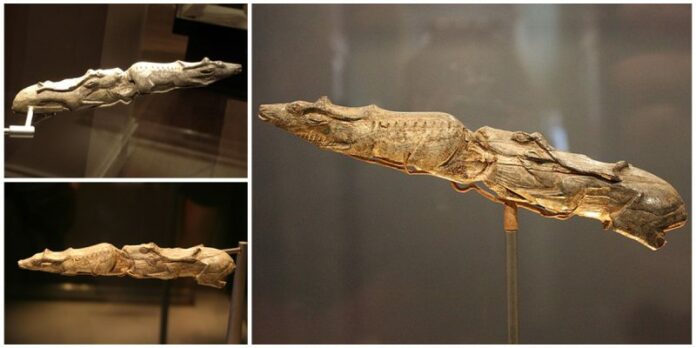Art has always been a reflection of human imagination and creativity. Even the oldest art pieces can mesmerize us with their beauty and intricacy. One of the most remarkable examples of Ice Age art is the “Swimming Reindeer,” a stunning carving that dates back approximately 13,000 years. This ancient masterpiece not only showcases the artistic capabilities of our distant ancestors but also provides a glimpse into the lives and environments of prehistoric humans.
The Timeless Beauty of Ice Age Art
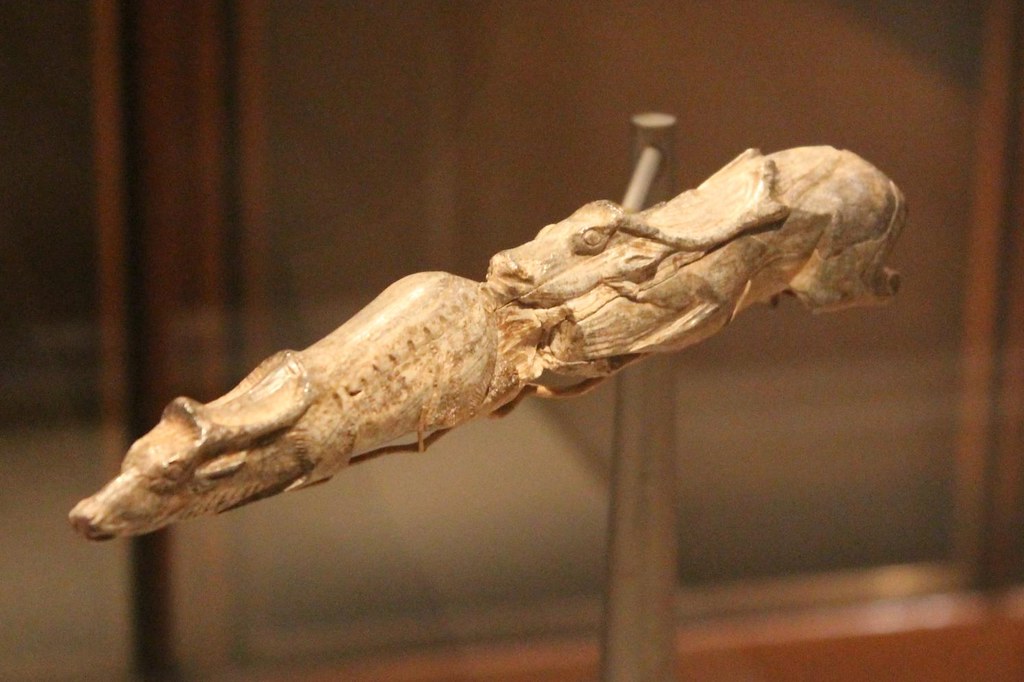
It is often said that the older the art, the more profound its impact. This certainly holds true for Ice Age art. Crafted by our distant ancestors as early as 40,000 years ago, these artistic creations reveal a well-developed imagination and skill. One striking example is a 23,000-year-old abstract sculpture excavated in Lespugue, France. This sculpture captivated the legendary artist Pablo Picasso and influenced his 1930s sculpture work.
Discovering the Swimming Reindeer
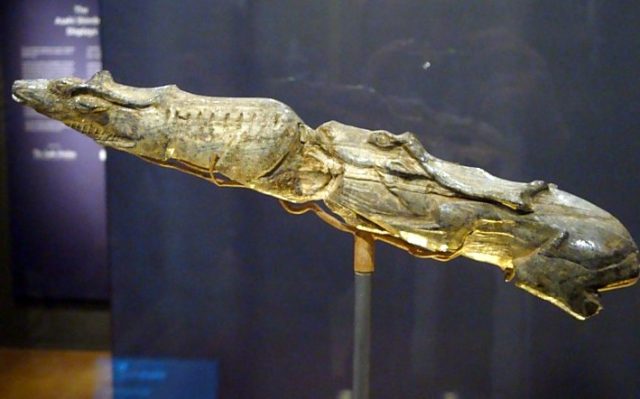
Among the most beautiful Ice Age art objects is the carving known as the Swimming Reindeer. This piece, carved from the tip of a mammoth tusk using stone tools, is polished and intricately engraved. Estimated to be around 13,000 years old, it is one of the oldest possessions of the British Museum and part of the museum’s Christy Collection.
The Swimming Reindeer was discovered in two pieces near the southern French village of Bruniquel by a French engineer named Peccedeu de l’Isle in 1866. Initially displayed in Paris, it was later purchased by the British Museum.
The Artistic Representation
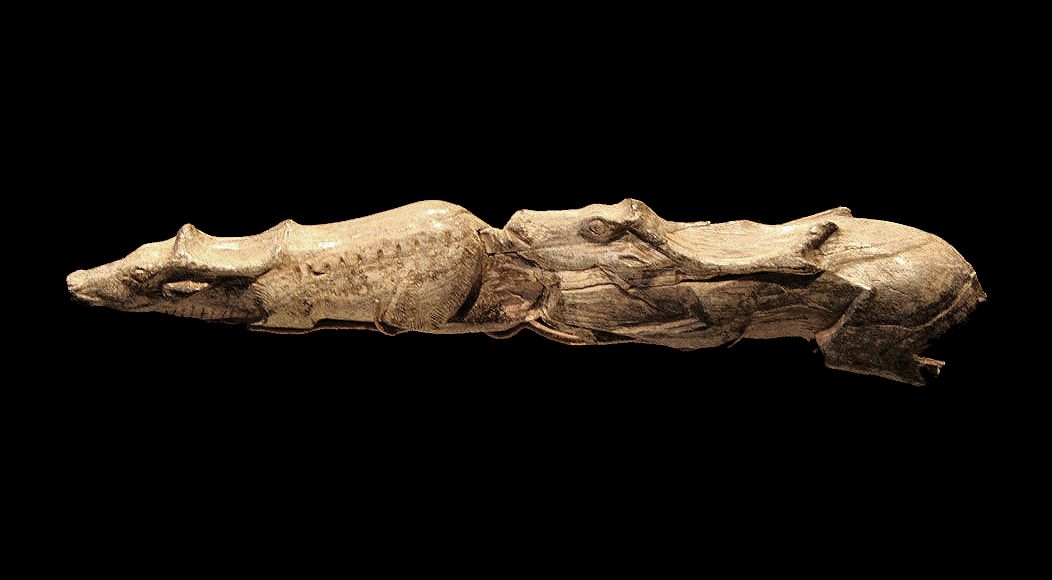
The Swimming Reindeer depicts a pair of reindeer that appear to be swimming. The intricate details suggest a deep connection between humans and the animals they coexisted with during the Ice Age. The carving indicates a well-developed sense of artistry and imagination among prehistoric humans.
It wasn’t until 1904, when French archaeologist Abbé Henri Breuil visited the British Museum, that it was realized the two separate parts fit together to form a single sculpture depicting a male and a female reindeer. The female, with slightly smaller antlers, leads the way while the male follows. Both are depicted with their legs stretched fully backward and lower jaws up, giving the impression of swimming. Experts believe the sculpture was likely created during the fall when reindeer migrated.
A Glimpse into Prehistoric Life
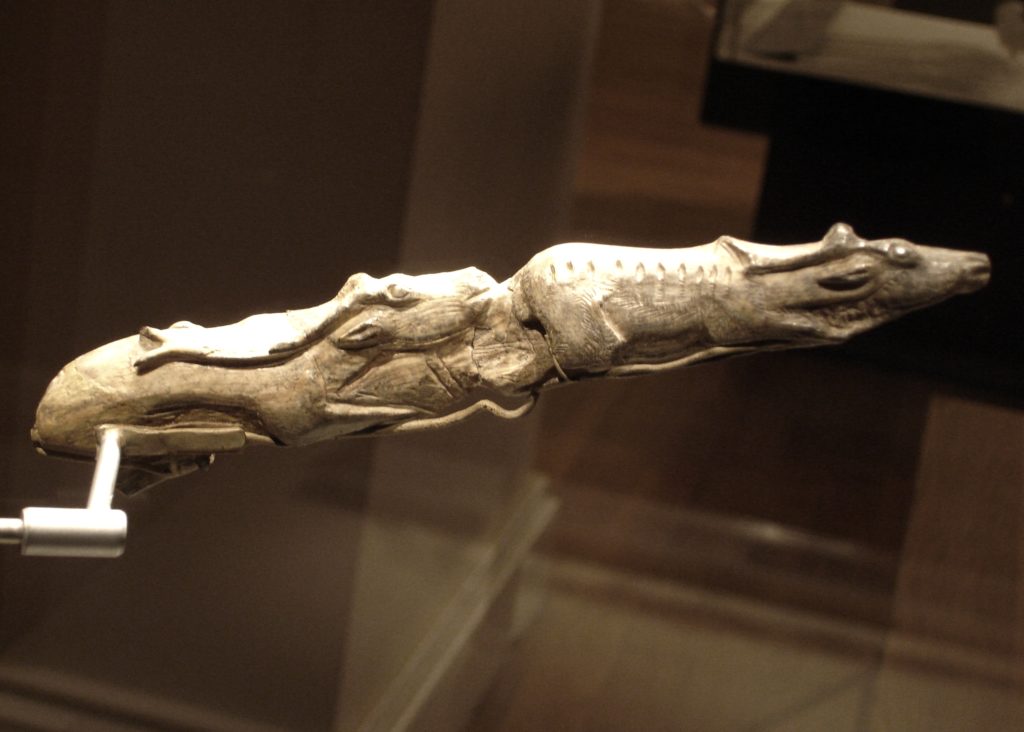
The Swimming Reindeer is not believed to have served a practical function. Instead, it represents the artistic expression of a community that lived in harmony with nature. Reindeer were crucial for survival, providing food, clothing, shelter, and blankets. Some historians suggest that such sculptures may indicate early forms of spirituality among human communities.
Alongside the Swimming Reindeer, another significant discovery was made: the Mammoth Spear, estimated to be around 12,500 years old. This artifact provides insight into ancient hunting practices and the time and effort our ancestors invested in decorating their weapons.
Conclusion
The 13,000-year-old Swimming Reindeer is a testament to the artistic prowess and imaginative spirit of our Ice Age ancestors. This exquisite carving not only captivates us with its beauty but also offers a window into the prehistoric world, highlighting the deep connection between humans and nature. As we marvel at this ancient masterpiece, we gain a greater appreciation for the rich cultural heritage that has shaped human history.
